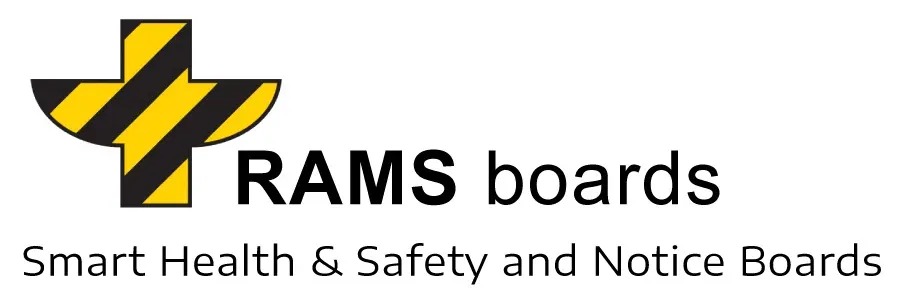Absolutely, RAMS boards can indeed be tailored to accommodate the specific requirements of different construction phases or tasks, making them a highly versatile and essential tool in the construction sector. Their adaptability is one of their key features, enabling them to meet the diverse and changing needs of construction projects.
Customization for Different Construction Phases:
- Initial Construction Phase:
- For the early stages of construction, RAMS boards can display fundamental safety guidelines, site maps, and initial project plans. They can also include information on site access, material storage, and emergency procedures relevant to this phase.
- Mid-Construction Phase:
- As the project progresses, the content on the boards can be updated to reflect the current stage. This might include more specific safety warnings related to ongoing work, like elevated work risks, electrical safety, or the use of heavy machinery.
- Final Construction Phase:
- Towards the completion of the project, the boards can shift focus to finishing tasks, final inspections, and site clean-up procedures. They can also start to incorporate information on final quality checks and preparations for handover.
Tailoring for Specific Tasks:
- Task-Specific Safety Information:
- For specialized tasks, such as electrical work or work at height, RAMS boards can be customized to display safety information, best practices, and legal compliances specific to these tasks.
- Operational Guidelines:
- Instructions and guidelines for the use of specific machinery or equipment can be displayed, providing on-the-spot reference for workers.
- Emergency Procedures:
- Customization can include detailed emergency response procedures tailored to the specific risks associated with a particular task or phase of construction.
Additional Customization Features:
- Language Adaptation:
- Given the multicultural workforce often present on construction sites, RAMS boards can display information in multiple languages, ensuring that all workers understand the safety protocols and guidelines.
- Digital Integration:
- Incorporation of digital screens can offer real-time updates and information, making it easier to adapt to changing project needs and tasks.
- Lighting and IoT Devices:
- For enhanced visibility in low-light conditions, lighting can be added. Integration with IoT devices can provide real-time safety monitoring and alerts.
Durability and Maintenance:
- Constructed from High-Density Polyethylene (HDPE), RAMS boards are designed for long-term use and can withstand various environmental conditions typical in construction sites.
- They require minimal maintenance, primarily regular cleaning, and can be easily updated or modified for different project phases or specific tasks.
Conclusion:
In summary, RAMS boards flexibility and adaptability make them an indispensable tool for the construction industry. They can be tailored to specific construction phases or tasks, ensuring that the most relevant and up-to-date information is always available to workers, thereby enhancing safety, efficiency, and compliance on construction sites.
